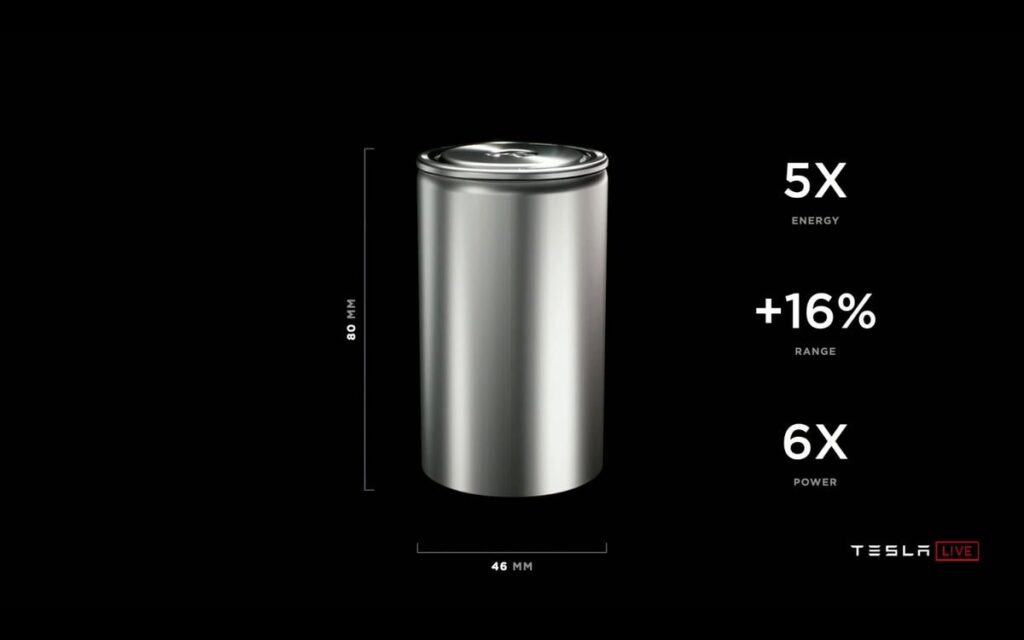Tesla’s 4680 Battery Cell Director Reveals Insights on Development and Manufacturing
Exploring the innovative world of Tesla’s 4680 battery cell program, Bonnue Eggleston, Senior Director for the project, recently shared valuable insights with Sandy Munro on Munro Live. From development challenges to manufacturing breakthroughs, Eggleston shed light on Tesla’s future trajectory. Watch the full interview below.
The 4680 cell, with its unique dimensions of 46mm in diameter and 80mm in length, has played a crucial role in Tesla’s vehicle roadmap, particularly in the Cybertruck. The second-generation 4680, known internally as the Cybercell, is now being utilized in all variants of the Cybertruck, representing a significant improvement over the first generation.
Challenges and Innovations
Transitioning from prototype to mass production posed significant challenges for Tesla, but the company has now achieved the milestone of producing the cheapest cell per kWh. Eggleston highlighted the meticulous attention to detail required for scaling up production, emphasizing the diverse skill set of the team involved.
To overcome hurdles, Tesla embraced innovation by introducing new processes like the groundbreaking dry electrode process, eliminating the need for toxic solvents and large ovens. This not only reduced the factory footprint but also enhanced the overall cleanliness and safety of the production process.
Sustainability and Vertical Integration
Tesla’s commitment to sustainability is evident through its efforts in material recovery and recycling, aligning with the environmental benefits of the dry electrode process. The company’s deep vertical integration, including in-house production of components like cell cans, has optimized the production process and reduced waste.
Future Prospects
Eggleston expressed confidence in the progress of Tesla’s 4680 program, noting significant improvements in throughput, yields, and product quality. As Tesla continues to push boundaries in battery technology, the focus remains on developing new cells to maintain cost competitiveness and achieve faster charging speeds across its lineup.
With competition intensifying in the battery technology race, Tesla is poised to leverage its innovations to stay ahead in the market. As the company works towards enhancing charging speeds and expanding the use of the 4680 cell, the future looks promising for Tesla’s electrifying journey.

